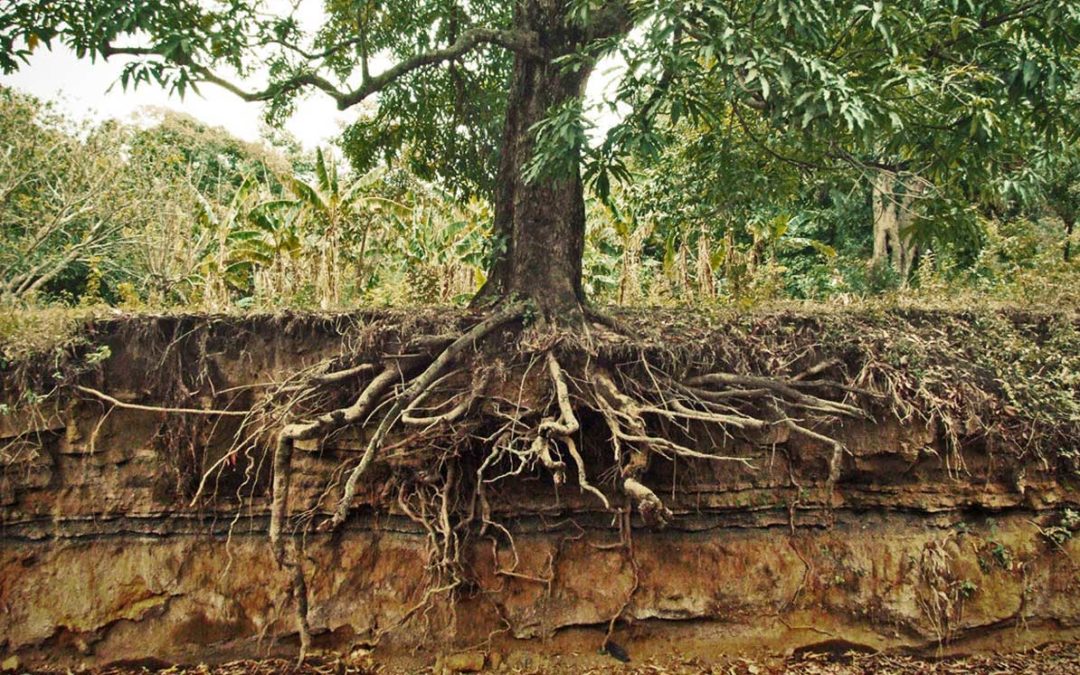Why Water Trees in the Winter?
According to 9News, Death Valley got more rain than Denver in the final six months of 2021. With these conditions, it is a good bet that all trees in the area are drought-stressed and need supplemental watering. Do not let the latest snow lull you into complacency. Most of this snowfall will evaporate before it soaks into the soil. Homeowners should start a winter watering program now to set their trees up for a successful growing season this spring.
“Not watering throughout the winter is the largest contributing factor to the mortality of newly planted trees.”
–Office of the Denver City Forester
In the winter, the root systems in deciduous and coniferous trees are active, so they need water. When temperatures are above freezing, their roots seek water and nutrients and store them so the tree can produce spring foliage. Trees have two types of roots—large perennial roots and smaller, short-lived feeder roots. The large, woody perennial roots increase in size and grow horizontally. They grow in the top 6 to 24 inches of soil, conduct water and minerals, provide food and water storage, and anchor the tree to the ground. Feeder roots average 1/16 inch in diameter and make up the most significant portion of the root system. Their large surface area allows them to absorb minerals, water, and oxygen near the ground surface.
Evergreens benefit from winter tree watering because they lose water through their needles throughout the cold months of the year. High winds strip moisture from their needles, drying them until they become brown and brittle. Some affected conifers shed their needles. Winter tree watering will keep evergreens lush and vibrant. Many deciduous trees planted in Denver have shallow root systems. Hardwood tree root systems grow slow in the winter but still need water to keep healthy. Proper watering prevents branch dieback and deadwood.
What Injures the Root Systems of Trees?
After a tree is established, anything that changes the soil condition or access to oxygen and water is detrimental to tree roots systems and overall tree health. Symptoms of root problems may appear one to several years after the damage occurred. Below are common issues that affect the vitality of trees roots along the Front Range
- Lack of Water
Denver is located in an arid environment, so the lack of water injuring tree roots systems is expected.
- Heavy Clay Soils
Another killer of urban trees is the heavy clay soils common to the Denver area. These soils are great for growing grass but less optimum for trees. Compact soils restrict water and oxygen uptake by roots.
- Soil Compaction
The compaction of soils by heavy equipment, cars, and foot traffic can damage roots systems. The use of clay soils in landscaping along driveways and public-right-of-ways is not conducive to healthy root growth.
- Planter Boxes
A common mistake by homeowners is to build a planter box or retaining wall around a tree. The addition of soil over an existing root system drastically reduces the amount of oxygen and water available to the roots.
- Overwatering
Water fills the air spaces around the feeder roots restricting oxygen uptake and stressing the tree.
- Over Fertilization
The fertilizers’ chemicals burn and kill the feeder roots.
- Construction Damage
Cutting out large perennial roots can kill trees, and digging in a tree’s dripline damages the root system.
Common Root Diseases
Root disease symptoms include yellow foliage, reduced growth, scorch, tufted leaves at the end of branches, and dieback. Mushrooms growing at the tree’s base and white fungal growth under the bark indicate root disease. Once a tree is infected, it is difficult to control the fungus. The best course to restore the tree vigor is eliminating all stress elements listed above and proper watering. Avoid any of the practices listed above that injures roots. A tree with a structurally weakened root system can fall over during wind storms. We recommend tree removal if the root system is severely damaged. Long, deep watering over the entire root system with time for the soil to dry between watering is better for trees than frequent light watering.
How Often Do I Need To Water?
When considering a winter watering schedule, plan on watering mature deciduous and evergreen trees up to two times a month between October and March. Always water during the day, when temperatures are above 40 degrees, to allow the water to soak in before freezing night temperatures. It is a waste of time to water when the soil is frozen. The most crucial area to water for deciduous trees is within the dripline, while for evergreens, water 3-5 feet beyond the dripline on all sides of the tree. Since trees require 10 gallons of water per inch of trunk diameter, homeowners should contact a tree service company like Ross Tree, which has water trucks and equipment to water large trees. Click here to learn more about our deep root watering and feeding services.
Trees like the European White And Paper Birches, Norway, Silver, Red, Rocky Mountain and Hybrid Maples, Lindens, Alders, Hornbeams, Dogwoods, Willows, And Mountain Ashes all have shallow root systems. Winter droughts stress these trees since the topsoil is bone dry. Keeping these trees healthy requires watering at least once per month. Spruce, Fir, Arborvitae, Yew, Oregon Grape-Holly, Boxwood, and other evergreens need a regular winter watering routine to thrive.
What Are the Watering Needs of Newly Planted Saplings?
Newly planted trees need three years to establish their roots systems, which means they are highly susceptible to winter drought injury. Young trees work hard to grow and need regular watering in the winter to keep the root systems strong and healthy. They should be watered every two weeks during winter droughts.
For a deep root feeding and watering appointment, please fill out a tree service request form or call 303-871-9121.

